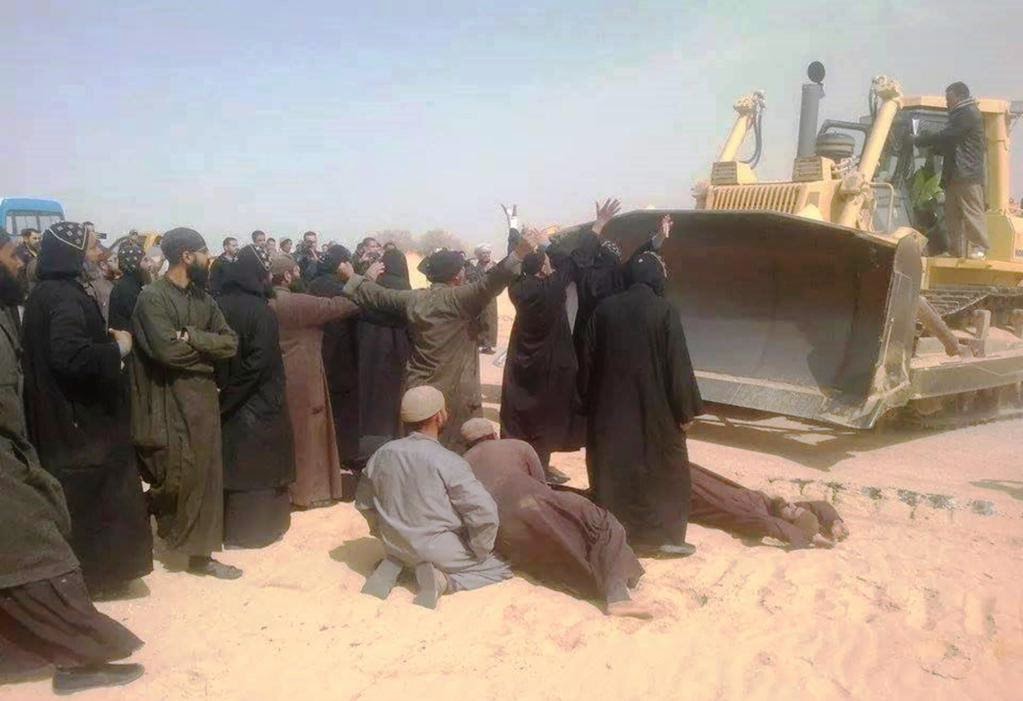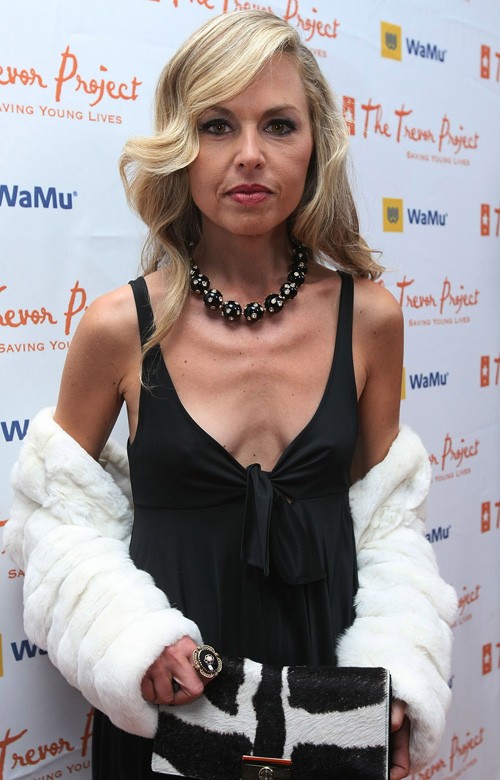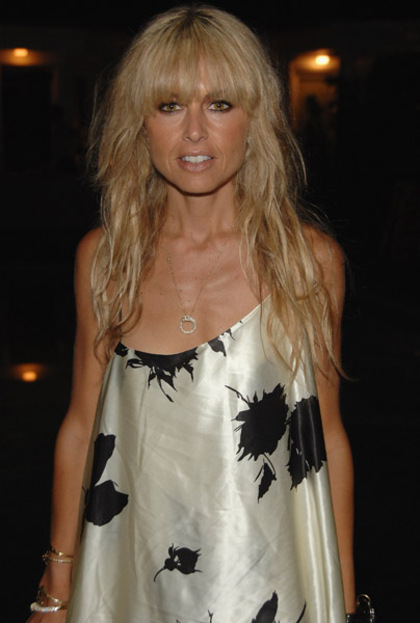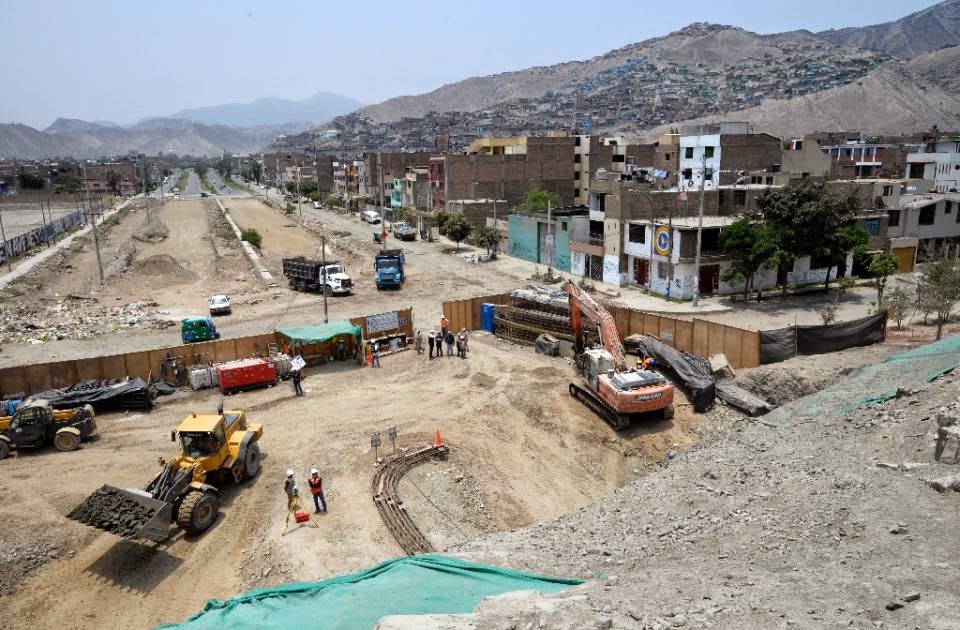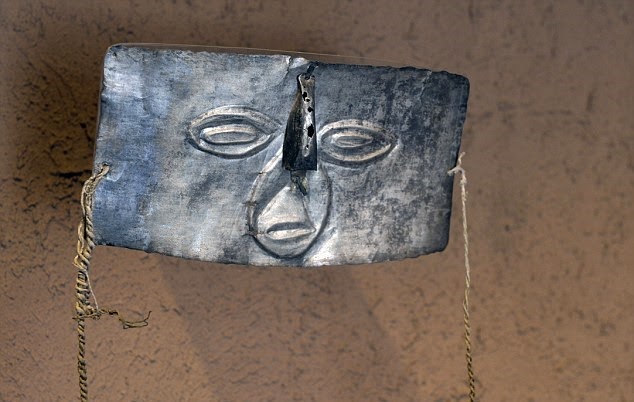
stood at Aleppo in Syria. This is regarded as one of the finest mosques
in the world [Credit: University of Oxford]
The new project, entitled Endangered Archaeology, has been launched at Oxford and Leicester Universities, funded by the Arcadia Fund. The researchers are using satellite imagery and aerial photos, such as Google Earth, to record and monitor the most endangered, and often undocumented, archaeological sites across the Middle East and North Africa. Nearly all the archaeological remains are made of stone or earth and are visible from the air.
They include tombs, settlements, forts, towns, cities, and field and irrigation systems of all periods – from prehistory to the 20th century. Many of the countries are currently inaccessible on the ground due to ongoing conflicts. Recent work in Jordan by Professor David Kennedy and Dr Robert Bewley has already shown the scale and intensity of development, and that the methodology works, which is why it is being applied on a larger scale across the region.
Project director Dr Bewley, from Oxford University’s School of Archaeology, said: 'This exciting project is very timely as the threats to the region’s most important archaeological sites are increasing at an unprecedented pace and the situation is only going to become more critical if we don’t act now.'
The research team estimates that across the Middle East and North Africa there could be as many as 3-5 million archaeological sites, many of which are under immediate threat, and even more are likely to become endangered in the future. Information about the historical context and condition of each of the sensitive sites will be made available in an open-access database. The information can then be used by everyone, but especially by local archaeologists and volunteers in each of the countries.
Where possible, the project will cooperate with local authorities responsible for the protection of sites, Departments of Antiquities or similar agencies. It is hoped that through the project, a network of local 'wardens' will be created to manage and preserve the landscape and sensitive sites.
Professor Andrew Wilson, the project’s Principal Investigator, said: 'The project will provide tools and strategies for the future conservation and management of threatened heritage, both individual sites and entire archaeological landscapes. This region contains the world’s richest concentration of significant archaeological remains spanning prehistory, the Persian, Greek, Roman, and Islamic empires.'
The project’s website http://ea.arch.ox.ac.uk will be available next month and the database with images and contextual information will follow later in the year.
Source: University of Oxford [February 20, 2015]




 The developer of the project is international exhibition company
The developer of the project is international exhibition company 




